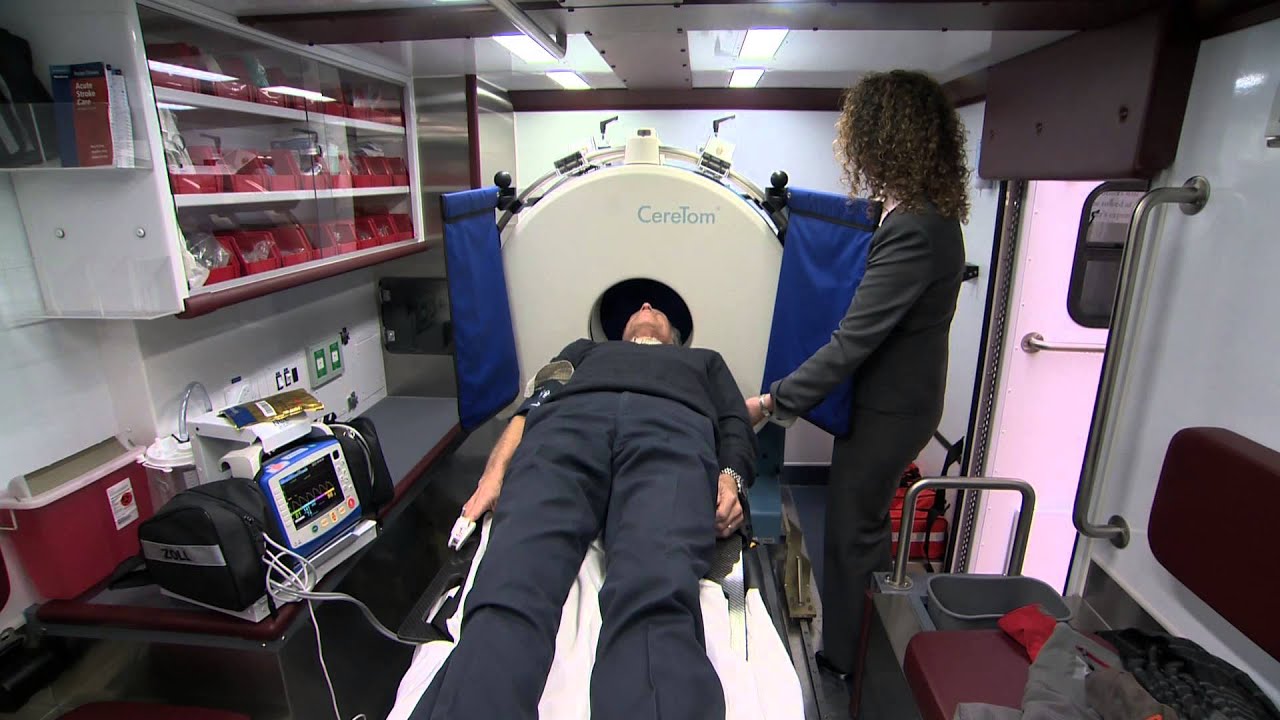Preface: This question has been bugging me for a while now. If I'm honest, I've been afraid to put myself out there as to not look foolish, but if someone can benefit from this then I'm okay with a little criticism.
When I wrote my EMT licensing exam there was a question that asked you to differientiate between hemorrhagic vs. Ischemic stroke based on a case scenario. I've since completed ACLS and they cite only a non-contrast CT scan will determine this. Are there any symptomatic indicators like focal neurological signs that are unique to one type of stroke vs the other?
Thanks in advance,
- C
When I wrote my EMT licensing exam there was a question that asked you to differientiate between hemorrhagic vs. Ischemic stroke based on a case scenario. I've since completed ACLS and they cite only a non-contrast CT scan will determine this. Are there any symptomatic indicators like focal neurological signs that are unique to one type of stroke vs the other?
Thanks in advance,
- C

